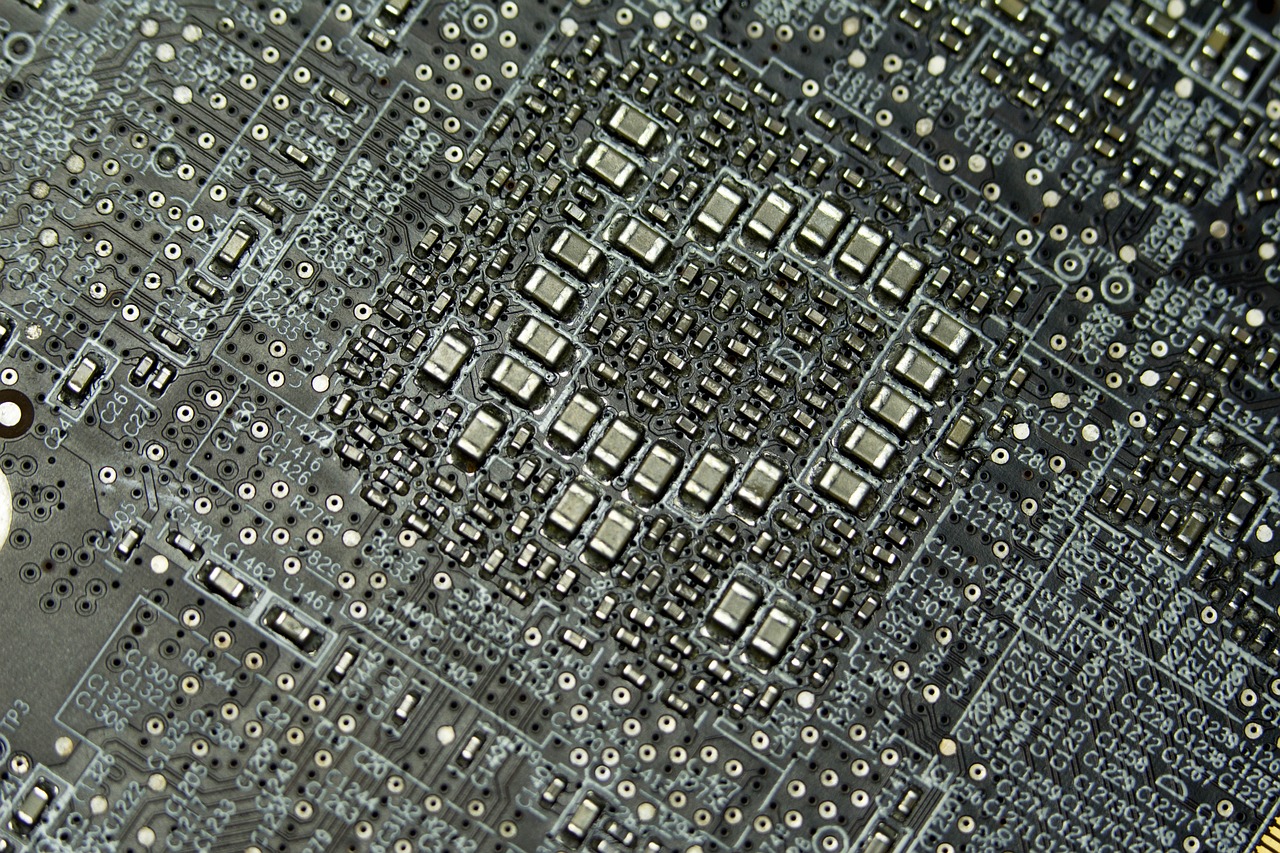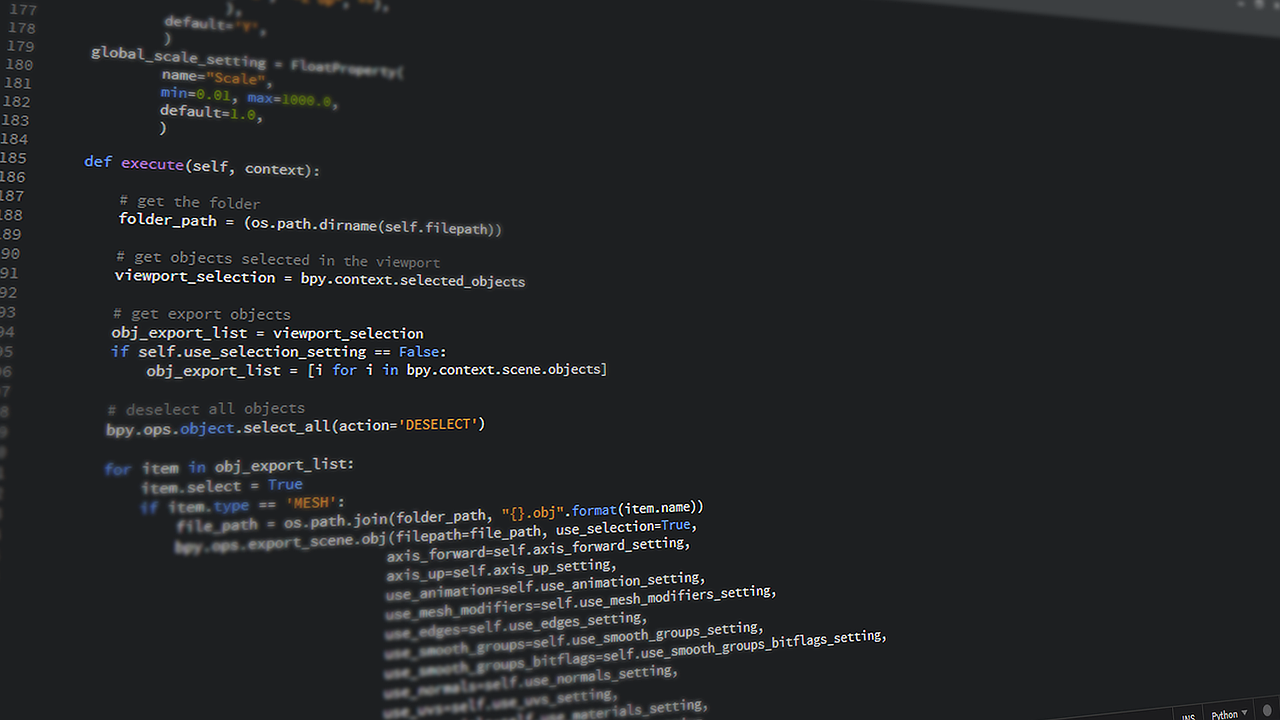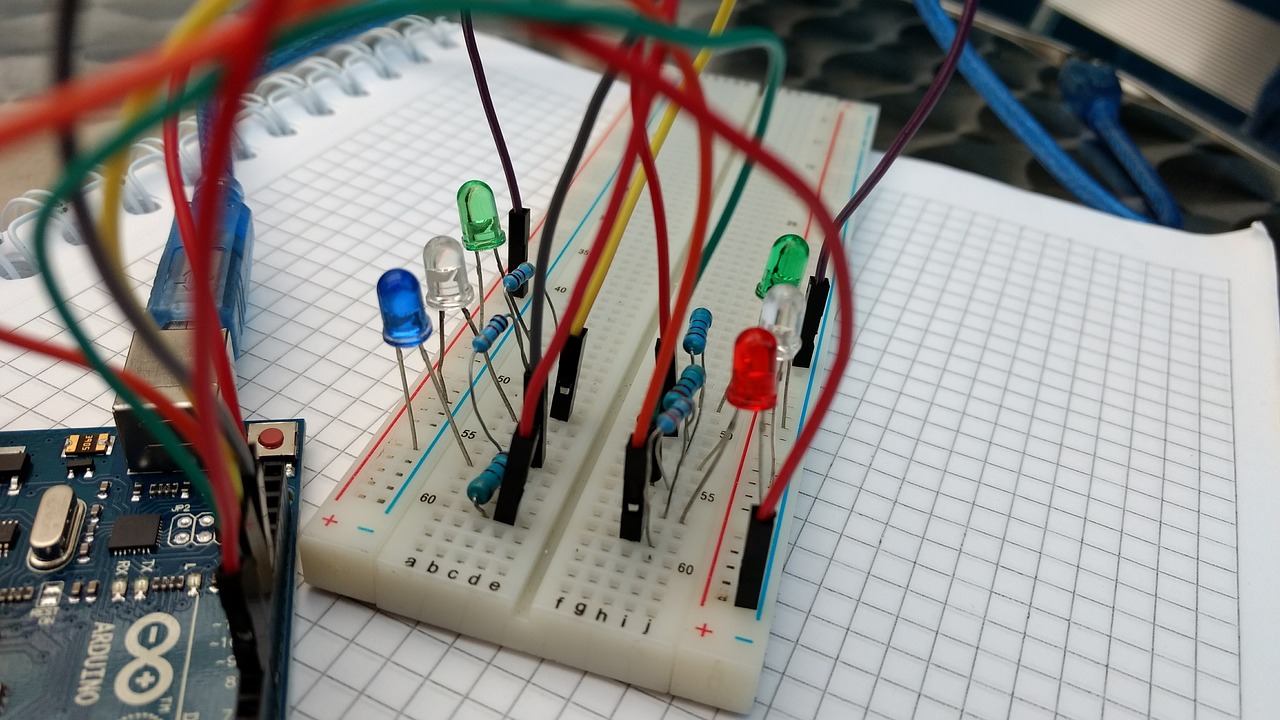
In the vast world of data structures, the stack shines brightly as a simple yet powerful tool for managing data. Imagine a pile of plates – the last one added is the first one you can take out. This analogy embodies the core principle of stacks, aptly named Last In, First Out (LIFO). Let's delve into the mechanics and applications of this versatile structure.
What is a Stack?
A stack is a linear data structure that follows the LIFO principle. Think of it as a vertical container where elements can only be added and removed from the top, similar to a stack of coins or a deck of cards. Two fundamental operations define its operations:
These operations ensure that the most recently added element is always the first to be accessed, making it ideal for scenarios requiring a specific order of processing.
Benefits of Stacks:
Implementation Example in Python:
Python
class Stack:
def __init__(self):
self.items = []
def push(self, item):
self.items.append(item)
def pop(self):
if not self.is_empty():
return self.items.pop()
else:
raise IndexError("Stack is empty")
def is_empty(self):
return len(self.items) == 0
# Example usage
my_stack = Stack()
my_stack.push(10)
my_stack.push(20)
print(my_stack.pop()) # Output: 20
This basic Python implementation demonstrates the push and pop functions. Additional methods can be added for checking the top element or iterating through the stack.
Conclusion:
Stacks offer a robust and efficient way to manage data with a specific order requirement. Their simplicity, speed, and diverse applications make them invaluable tools for programmers and data enthusiasts alike. By understanding their core principles and implementation, you can harness the power of stacks to enhance your algorithms and data manipulation tasks.
Remember: Choosing the right data structure depends on the specific needs of your application. While stacks excel in LIFO scenarios, other structures like queues offer different access patterns. So, explore and utilize the diverse functionalities of data structures to optimize your problem-solving endeavors!
Your email address will not be published. Required fields are marked *










































